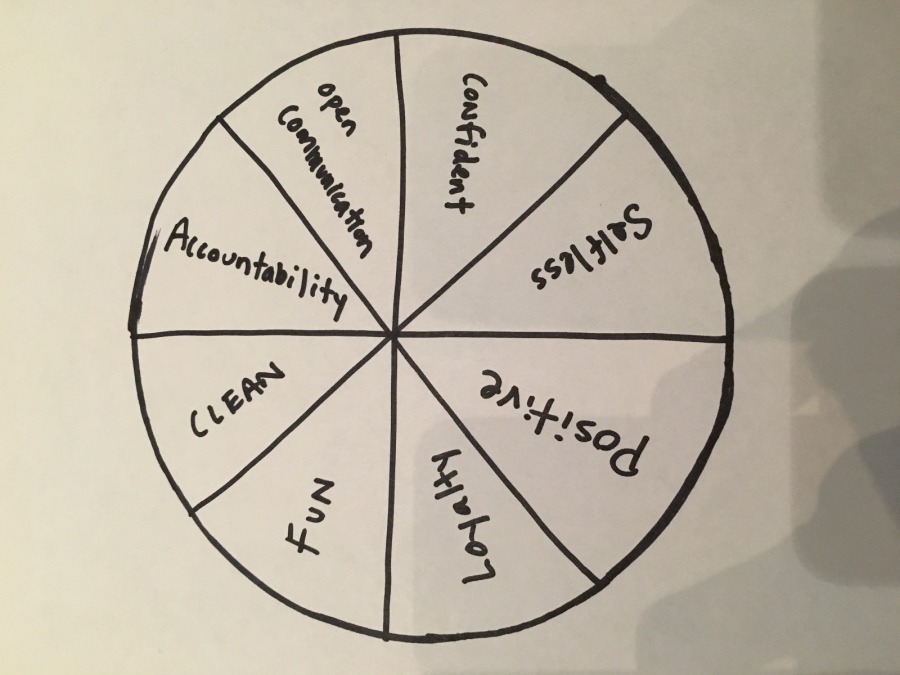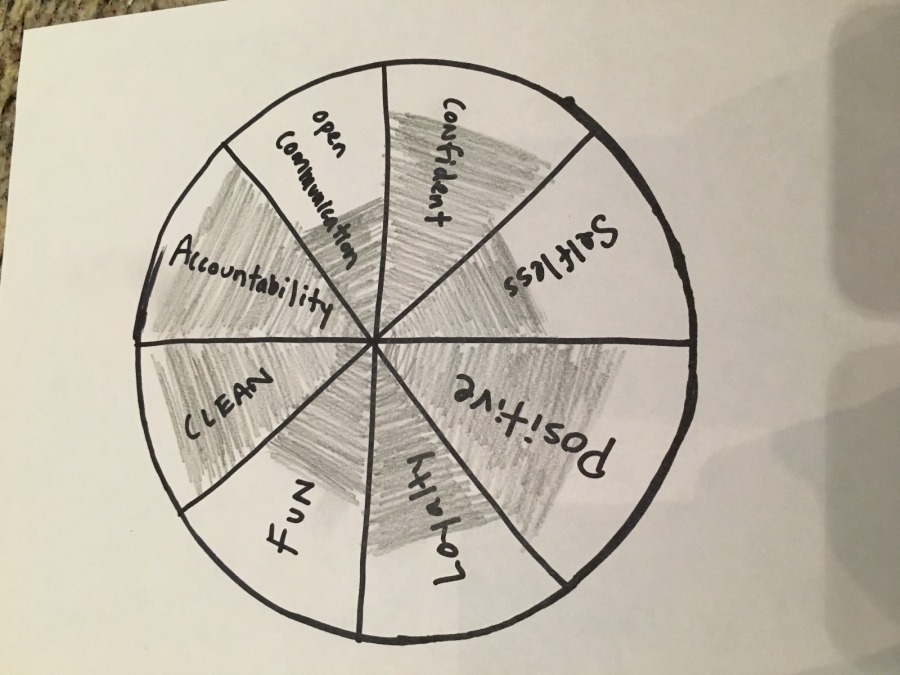Posted by Karmen M. Whitham on Oct 26th 2020
CXC Coaches Conference Recap
| The virtual CXC Wayne Fish Coaches Education Conference took place this past weekend. The presentations included COVID-19 Meditation with Dr. Uihlein who brought an important perspective on the outlook of COVID-19 in the ski community this coming season. Next, participants enjoyed panelists Emma Garrard, Sverre Caldwell and Trond Nystad in an open conversation titled "Building a Strong and Integrated Youth Culture in Your Club". Among the conversation, panelists unanimously agreed that the cornerstones of building a strong club include having fun (and fun does not always equate to easy), and exuding a positive attitude with enthusiasm, openness, and team cohesion. Coincidently, an article outlining team cohesion with an exercise on being a good teammate was recently published at Nordic Team Solutions (see below). The conference continued with Practical Applications and Advice as the Racing World goes No Fluro featuring Jacqueline Akerman, Knut Nystad and Bryan Fish who spoke on the outlook of competition in the United States, outlining that FIS sanctioned events will follow FIS protocol that supersede regional, local and venue practices. Next up for the day Allan Serrano updated the group on updated rules for coaches and officials for the 2020-2021 season. Bryan Fish started off the Sunday discussions with a presentation on Club Development and Sustainability, mimicking the fundamental points outlined by Caldwell and Nystad, Fish the day prior, in demonstrations of how in skiing, fun needs to be athlete driven, that athletes need to see progress from their results of having fun. Secondly, a supportive environment that is inclusive, cohesive, supportive, collaborative and integrating is essential to a clubs' enrichment. Adam St. Pierre took the virtual stage next, informing Midwest coaches about the updated Level 100 curriculum. The conference wrapped up for the day with Allen Serrano going over the intricacies and importance of hosting local, regional and national events. What Makes A Good Teammate? The following exercise is a quick and easy activity to do when a ski team comes together before a long season of racing and training together. One of the biggest things I’ve learned from 16 years on the road with the US Ski Team is how a team is very much like a family. We might get on each other’s nerves sometimes but by identifying what’s expected from a good teammate as well as each other’s differences, strengths, and similarities we are more likely to work together as a cohesive group. (See Building Common Goals) The first step of the exercise is to brainstorm as a group the characteristics of a good teammate. What kind of people do we want to surround ourselves with? Start by everyone sharing some ideas and write down a big list of teammate characteristics and how certain behavior can cultivate a successful team atmosphere. A short list might include the following, but I’m sure you will find more.
Next, have each athlete pick 8 characteristics they feel are most important. Draw a circle on a blank piece of paper and split the circle into 8 parts each section representing one of their chosen characteristics of the ‘Perfect Teammate’. |
 |
Next inform the athletes that they now must rate themselves in each one of these categories. Athletes can use a pencil or a marker to shade in each section of the circle to correspond with how they rate their personal strength in each characteristic. Fully shaded-in means they feel they are 100 percent proficient. |
 |
Finally, go around the room and let the athletes share their shaded circles. Talk about what characteristics they chose to make up a perfect teammate and why. Talk about why they rate themselves strong in some characteristics and weak in others. Encourage athletes to keep this paper in their training log or somewhere they can look back on it throughout the year to remind them of this exercise and where they can improve as a teammate. Takeaways:
|

